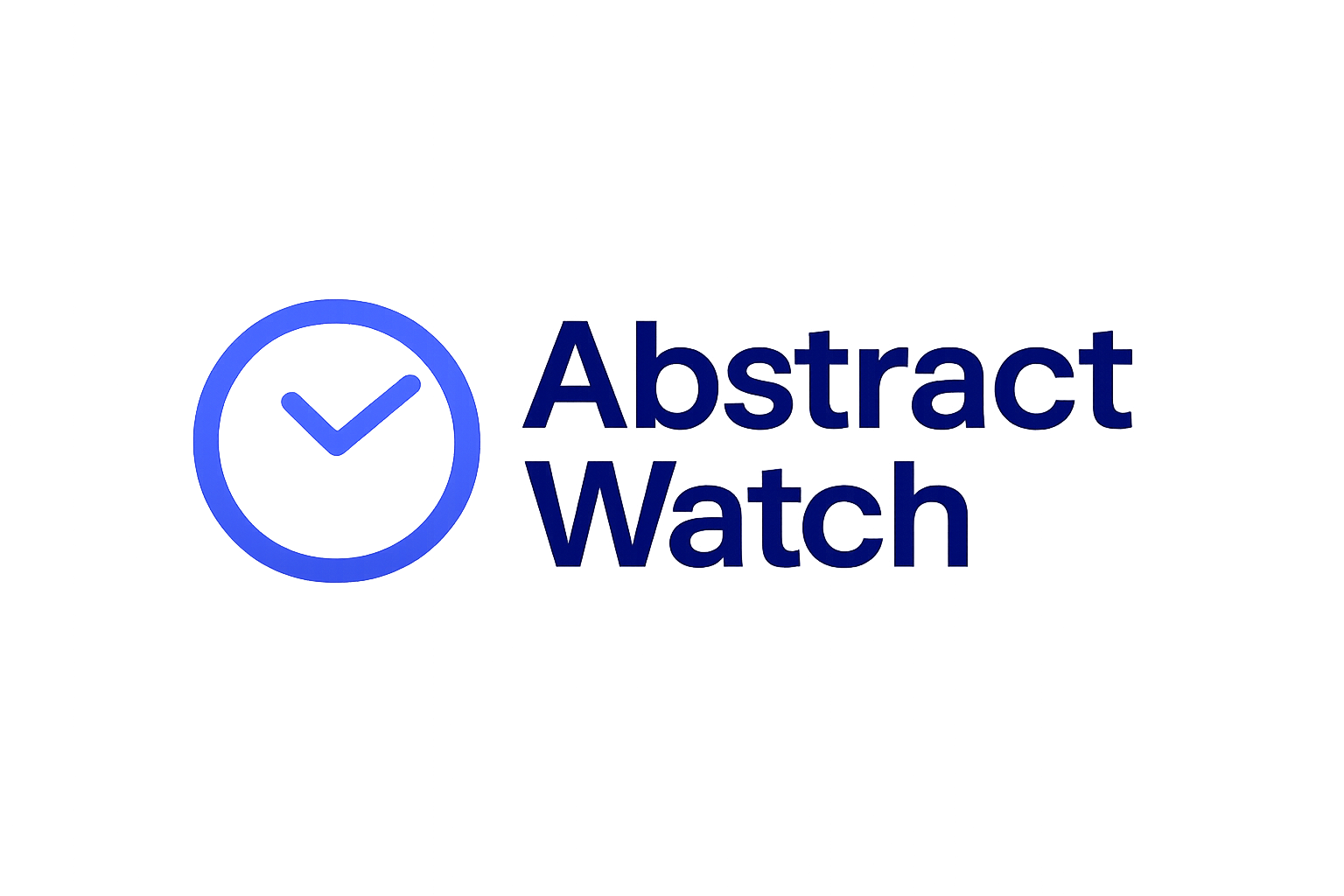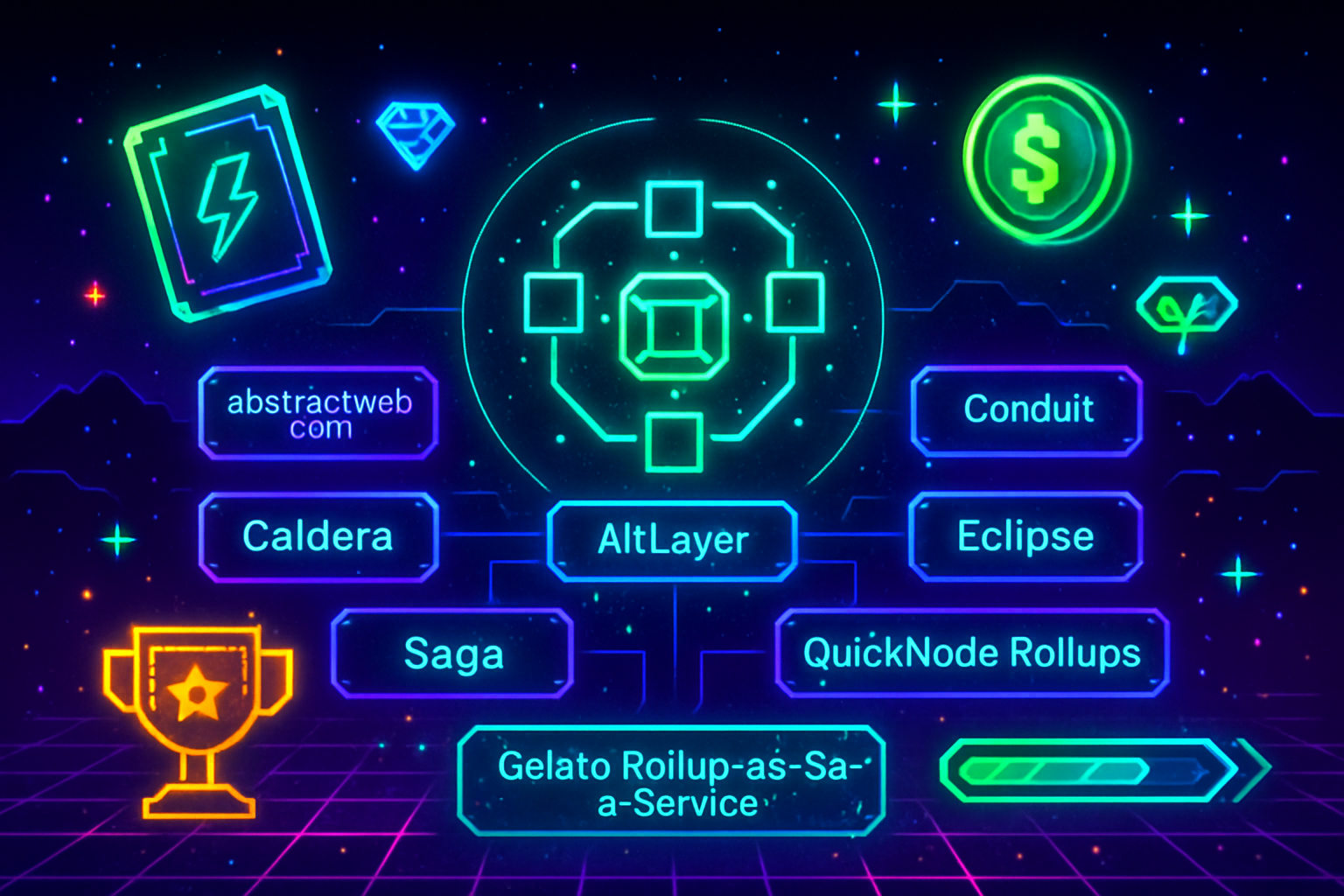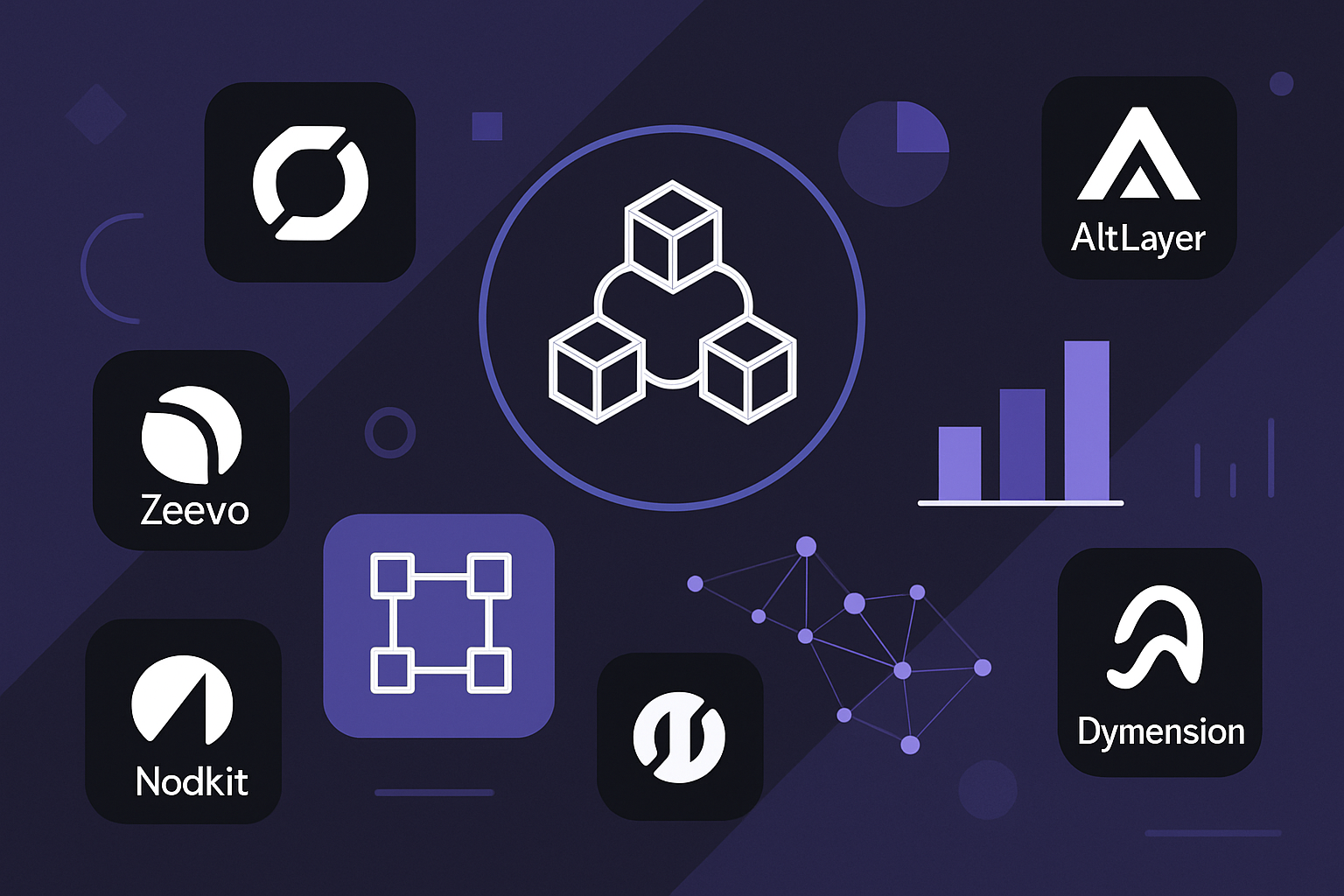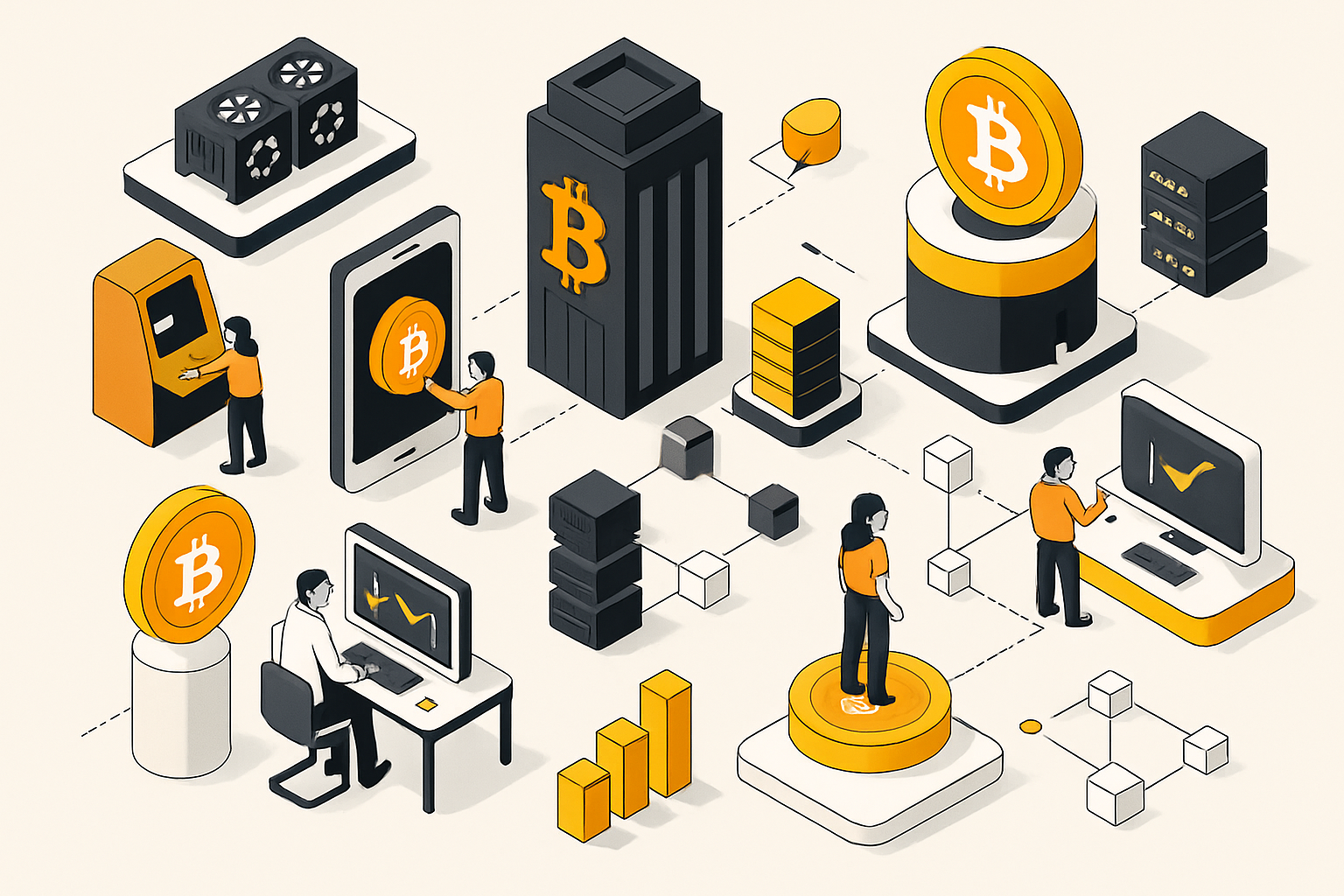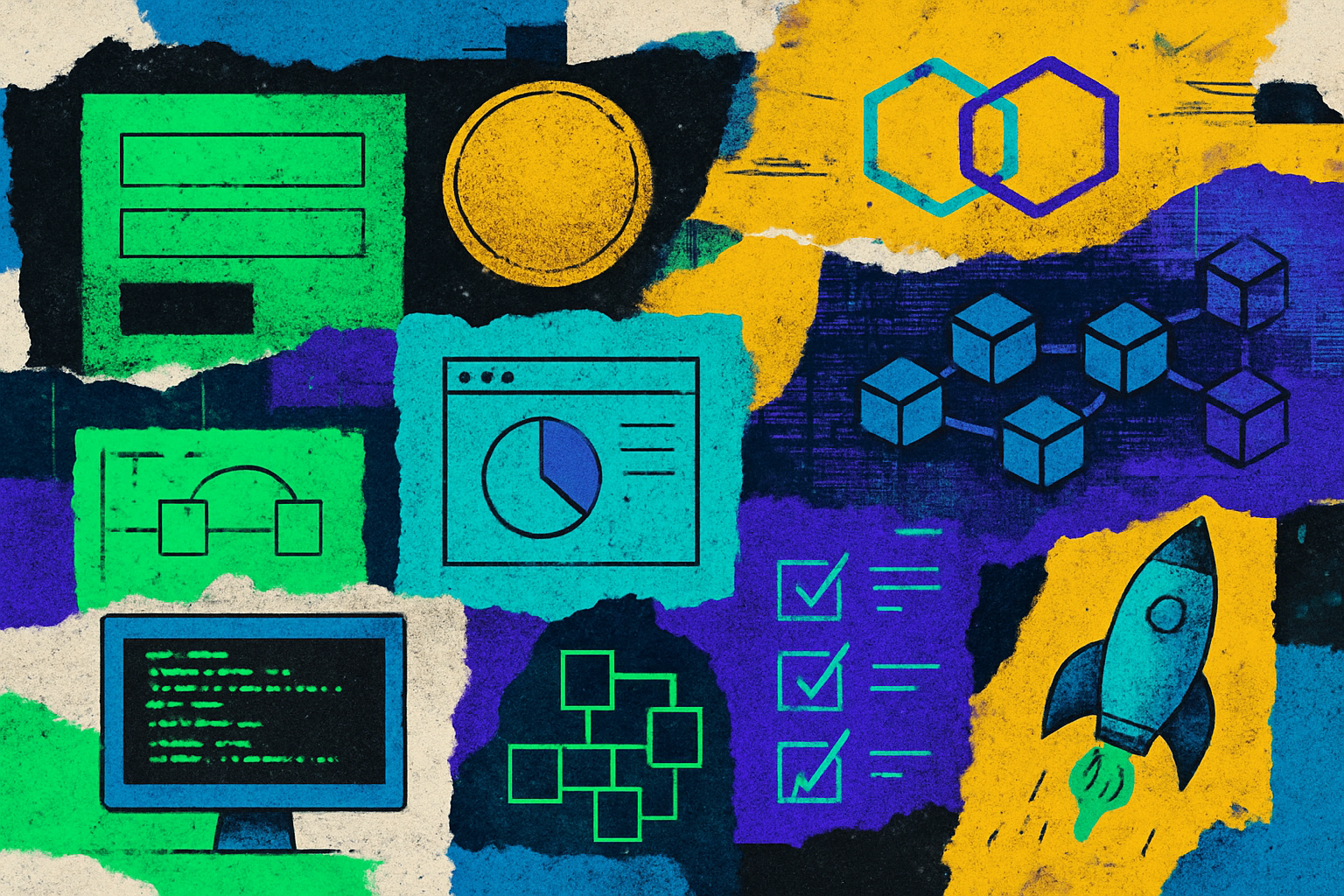
Launching custom app-chains in 2025 is no longer the domain of protocol engineers or well-funded enterprise teams. Thanks to Rollup-As-A-Service (RaaS), blockchain developers can now deploy scalable, application-specific blockchains in a matter of hours, not months. This new era of abstract rollup technology empowers teams to focus on user experience and innovation, while RaaS platforms handle infrastructure, security, and uptime.

Let’s break down the essential steps every developer needs to follow for a successful app-chain deployment in 2025, using the latest RaaS advancements.
Step 1: Sign Up and Configure Your RaaS Account
The journey starts with registering on your chosen RaaS platform. Today’s top providers, like Instanodes, Caldera, and Conduit, offer streamlined onboarding with intuitive dashboards and dev-focused documentation. Signing up grants you access to powerful toolkits for chain creation, monitoring, and analytics. Configuration includes setting up your project workspace, connecting wallets or organization accounts, and verifying credentials for secure access.
Step 2: Select Your Preferred Rollup Framework and Consensus Mechanism
This is where your application’s scalability and security profile are defined. The two leading frameworks are:
- Optimistic Rollups: Deliver high throughput at lower costs, perfect for DeFi apps or high-frequency trading platforms.
- zk-Rollups: Offer advanced privacy and security via zero-knowledge proofs, ideal for applications handling sensitive data or requiring regulatory compliance.
You’ll also pick a consensus mechanism (e. g. , Proof-of-Stake variants) tailored to your performance goals. Many RaaS providers offer pre-vetted templates that balance speed with decentralization out-of-the-box.
Step 3: Customize Chain Parameters (Tokenomics, Governance, Permissions)
This step is a game-changer for teams seeking differentiation. With RaaS dashboards, you can fine-tune:
- Tokenomics: Set up native tokens (ETH, custom ERC-20s), gas models, inflation schedules, or stablecoin integrations.
- Governance: Embed on-chain voting modules, DAO frameworks, or multi-sig permissions directly into your rollup logic.
- User Permissions: Control who can deploy contracts or interact with system-level APIs, crucial for regulated industries or private consortia chains.
This customization ensures your chain isn’t just a clone, it’s purpose-built for your community’s needs. For more on how these parameters impact real-world deployments, check out our in-depth guide here.
The Next Steps: Integrate Modules and Testnet Validation
The next critical phases involve integrating essential modules like bridges and data availability layers before deploying to testnet, a process we’ll unpack in detail in the second half of this guide. Each decision here impacts scalability, interoperability, and long-term success of your custom blockchain rollups.
Step 4: Integrate Essential Modules (Bridges, Oracles, Data Availability)
With your chain’s core logic and governance set, it’s time to supercharge functionality. RaaS platforms in 2025 provide plug-and-play modules for bridges, oracles, and data availability (DA). Bridges connect your app-chain to major Layer 1s (Ethereum, Solana, etc. ), unlocking cross-chain asset flows and liquidity. Oracles feed your rollup with real-world data, think price feeds or on-chain randomness, while DA modules ensure transaction data is efficiently stored and accessible for validators.
Most providers offer one-click integration for these modules, eliminating weeks of custom engineering. This modularity means you can rapidly adapt to new protocols or compliance standards as they emerge. For a deeper dive into the impact of these integrations on blockchain scalability solutions, check out our related analysis here.
Step 5: Deploy to Testnet for Validation and Security Auditing
Never skip the testnet phase. Deploying your rollup on a sandboxed environment lets you validate every aspect, from throughput under load to governance workflows, without risking real assets. RaaS dashboards now automate much of this process: deploy contracts, simulate transactions, and stress-test bridges/oracles with built-in analytics.
Security auditing is critical at this stage. Most leading RaaS providers bundle automated vulnerability scans and offer integrations with top audit firms for deeper reviews. Only after passing these checks should you consider mainnet launch.
Step 6: Launch on Mainnet with Monitoring and Ongoing Support
Your app-chain is ready for prime time. With a single click, migrate from testnet to mainnet using the RaaS provider’s orchestrated deployment tools. At launch, enable real-time monitoring dashboards, these track transaction volume, block times, bridge activity, and potential anomalies around the clock.
Ongoing support is now standard among leading RaaS platforms. Expect 24/7 incident response, continuous updates for protocol improvements or security patches, and dedicated developer channels for troubleshooting or scaling advice. This operational layer is what empowers teams to focus on product innovation instead of firefighting infrastructure issues.
The Future of App-Chain Deployment Is Modular, and Fast
The modularity of abstract rollup technology means customization isn’t just possible, it’s expected. Whether you’re building a DeFi protocol with unique tokenomics or an enterprise chain requiring strict access controls, Rollup-As-A-Service platforms let you assemble best-in-class features without reinventing the wheel.
If you’re ready to accelerate your next blockchain project or want a full walkthrough of these steps in action, including code snippets and common pitfalls, explore our advanced guide here.
